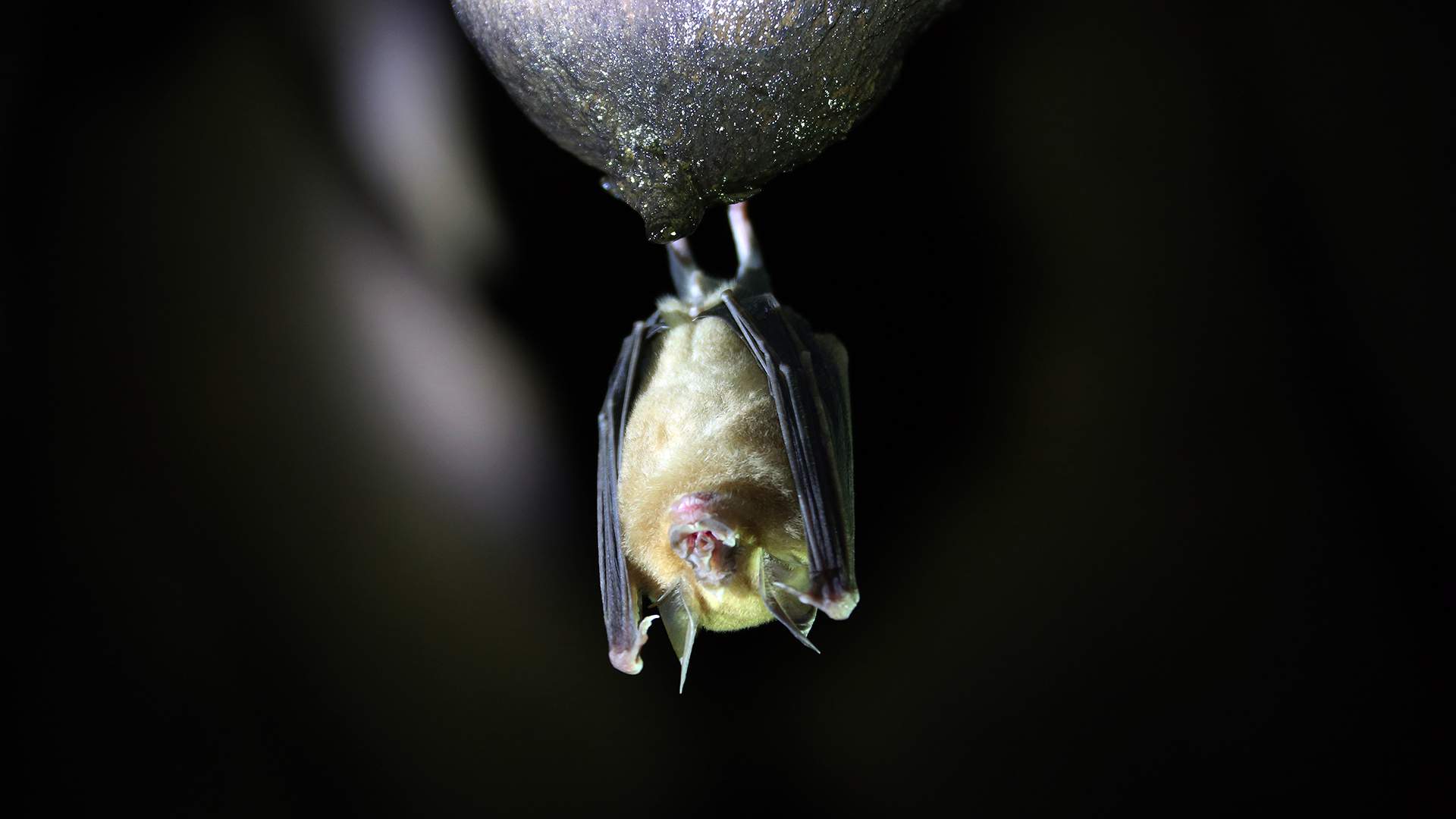Entrenched in mice: can a new Chinese coronavirus cause a pandemic

The HKU5-CoV-2 coronavirus, discovered by Chinese scientists in bats, has learned to penetrate the human body in the same way as the COVID-19 pathogen did. But it will be able to gain a foothold in the human population only if it is artificially increased pathogenicity and virulence in the laboratory, Russian virologists told Izvestia. According to them, the chances of interspecies transition for this pathogen are extremely low. Even if it happens, to cause an epidemic, the virus needs to be well transmitted from person to person, which is very difficult.
How HKU5-CoV-2 enters the human body
Chinese scientists have discovered a new type of coronavirus in bats that can infect human cells. Like SARS-CoV-2, which entered the human population through the same animals, the new HKUU5-CoV-2 uses ACE2 cell receptors for infection. This pathogen is a representative of the HKU5 lineage previously found in Hong Kong netsnakes.
Specialists attribute it to merbekoviruses, which are considered one of the subspecies of betacoronaviruses. Interestingly, the discovery was made by a scientific team led by Chinese virologist Shi Zhengli, who gained world fame as a researcher of the COVID-19 pathogen in a laboratory in Wuhan. It is believed to be the region where the pandemic started. Structural and functional analysis by the scientists showed that HKU5-CoV-2 is better adapted to human ACE2 than members of its sister lineage HKU5-CoV.
In addition to genera and species, Coronavisviruses have lineages. They are designated by Latin abbreviations. Chinese scientists found that in the line HKU5 virus appeared, the ability to cling to ACE2-receptors is much broader than needed to get into the body of bats, said INVITRO infectious disease doctor Andrei Pozdnyakov.
- This is the receptor with the help of which the virus attaches and enters the cell. Mutations of this infectious agent allow it to use not only the bat organism, but also other mammals. And this is potentially a new evolutionary step because this virus has a wider range of capabilities and the pool of creatures that can serve as a food source for it expands. Theoretically, this virus can pass to humans, but so far scientists do not write anything about it, - said Andrei Pozdnyakov.
So far, no cases of the virus passing to humans have been registered. It will simply be monitored. The danger to humans is not high, the risks are possible only if someone artificially enhances its pathogenicity and virulence, the expert emphasized.
According to Sergei Voznesensky, Associate Professor of the Department of Infectious Diseases at PFUR, although the probability of transfer of the HKU5-CoV-2 virus to humans is not equal to zero, the danger of its spread in our population is very low, as bats, in which the virus was found, do not live in the human areal.
- Our ecological niches do not overlap. But the possibility of humans entering their habitats is there. If we start studying a potentially dangerous pathogen, in the process we will increase by some fraction of a percent the likelihood of the virus spreading to humans. Still, scientists should keep an eye on it as a potential candidate for the future. But right now, there is no argument to expect an epidemic or even a pandemic to develop," said Sergei Voznesensky.
Just another coronavirus
Many different viruses can be found in the body of any wild animal. After mankind was "burned" by COVID-19, bats became one of the favorite objects of study of virologists. Although even before the pandemic they were regularly found new pathogens, Albert Rizvanov, head of the Center of Excellence "Personalized Medicine" and Research Laboratory "Gene and Cell Technologies" at KFU, told Izvestia.
- The fact that another coronavirus has been found is not news. Coronavirus and bats are of increasing interest. This topic can be used for grants and government assignments, monitoring and research. There is nothing unusual about HKU5-CoV-2 itself; it shares some similarities with other coronaviruses, including SARS-CoV-2. It is capable, though not very well, of infecting human cells. But that's not surprising. Like many other viruses it has the potential to cross the interspecies barrier. Technically, it could jump from bats to humans. But the chances of such a transition are very low," said Albert Rizvanov.
Monitoring of this virus is necessary, but it is a common practice. It is necessary to monitor not only it, but also thousands of other pathogens already known. So far, the emergence of HKU5-CoV-2 is only an interesting scientific fact. For example, outbreaks of avian influenza virus are recorded regularly and kill huge numbers of domestic poultry on farms. The pathogen sometimes even infects workers on those farms. But it is one thing for a virus to have a chance of infection and quite another to become established in the population and be successfully transmitted from person to person, the specialist summarized.
Переведено сервисом «Яндекс Переводчик»
